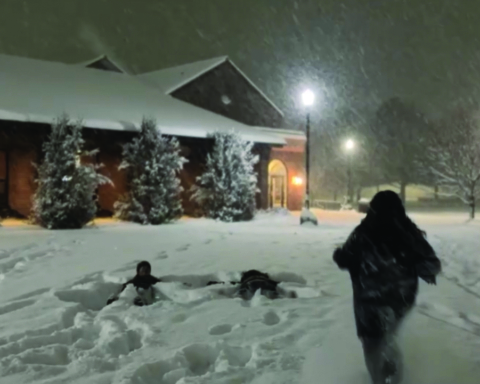St. Bonaventure University has maintained the same Standard and Poor’s (S&P) long-term credit rating since 2004, said Brenda McGee, senior vice president for Finance and Administration.
S&P is a group that provides market intelligence such as credit ratings, research and leadership. It is an independent provider of credit risk research and benchmarks, according to its website. It determines credit ratings, which is one tool investors or bondholders use when making decisions about buying fixed-income investments.
A long-term credit rating gives an outlook over an intermediate term of about six months to two years, according to S&P’s website. McGee said this information is useful to creditors and investors, such as banks or bondholders.
“[The rating] is an independent opinion by S&P about the risk of investing in the university’s debt, meaning it is an opinion our ability to meet our debt payments in the future,” McGee said.
She added St. Bonaventure’s rating, “provides easily understandable and standard information about our credit profile and risk.”
She said the university fell into the BBB category, and according to the S&P’s website, this means St. Bonaventure “exhibits adequate protection parameters for its investors.” McGee added the rating meant the university’s credit rating is “stable.”
However, a BBB rating also warns the university that “adverse economic conditions or changing circumstances are more likely to lead to a weakened capacity of the obligor to meet its financial commitment on the obligation.”
She also said the rating is based on many different factors.
“S&P’s approach is to obtain a variety of financial and enrollment data from us and apply their analytical judgment to assess the entity’s financial condition, cash flow, liquidity, operating performance, fundraising and policies,” McGee said. “For example, they consider many financial and non-financial factors, including key performance indicators, economic, regulatory and political influences, management and governance attributes and competitive position.”
The group met with McGee and other cabinet officers to review the information and ask questions, according to McGee.
McGee said the university selects S&P to complete the rating. The university pays an annual fee and a fee whenever the university has new debt rated.
A ratings review takes place anytime a university issues long-term debt, meaning it borrows funds. Having the annual rating allows the university to keep the information current. According to McGee, it ensures the university’s budget is balanced each year.





